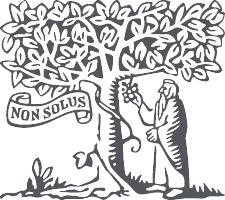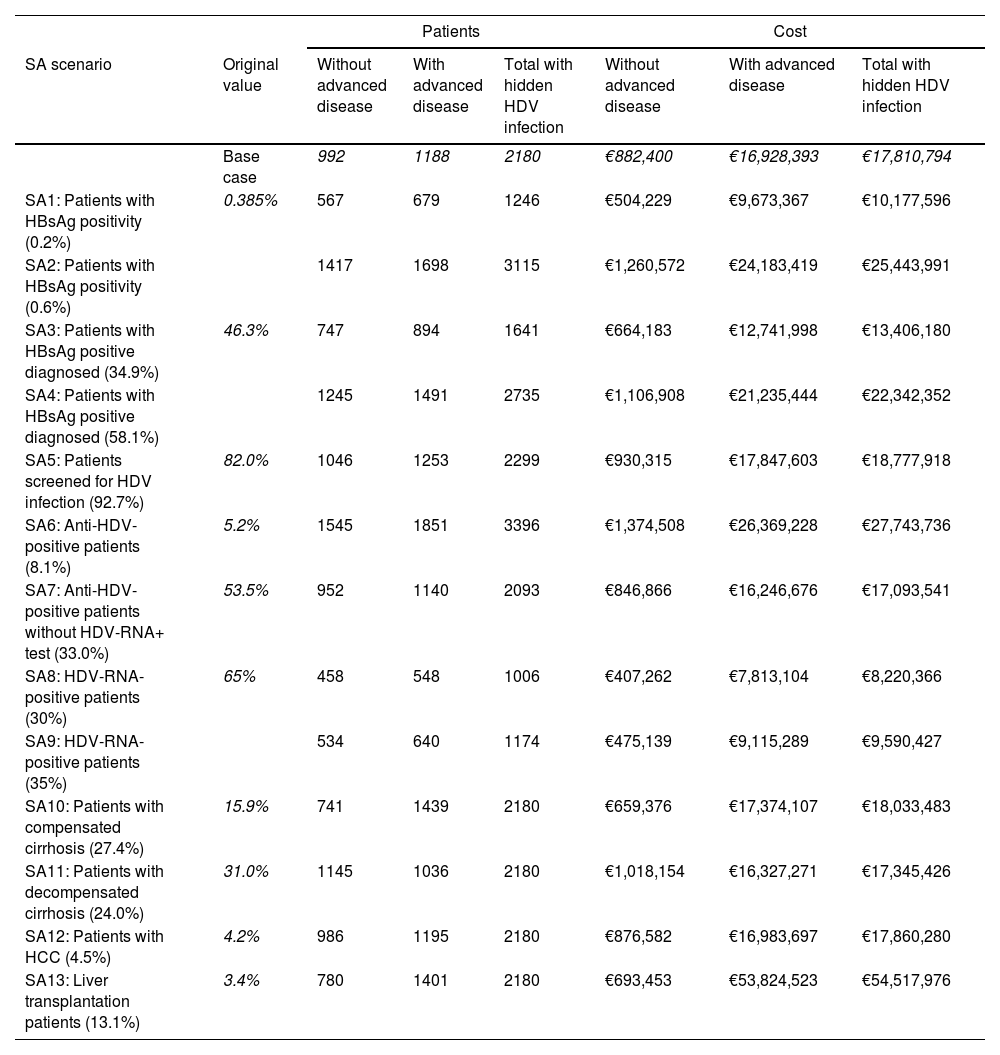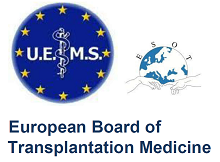A significant percentage of patients coinfected with hepatitis B virus (HBV) and hepatitis D virus (HDV) are undiagnosed. Coinfected patients progress to advanced liver disease faster than HBV monoinfected patients, thereby consuming more healthcare resources. The aim was to perform an analysis to determine the cost of hidden HDV infection in Spain.
MethodsAn analytical model was developed to estimate the prevalence of hidden HDV infection with/without advanced liver disease at the time of diagnosis. An epidemiological flow chart was established to quantify undiagnosed chronic hepatitis D patients. The percentages of patients with compensated cirrhosis (CC), decompensated cirrhosis (DC), hepatocellular carcinoma (HCC) and requiring liver transplantation (LT) and their annual costs were subsequently obtained from the literature. Direct healthcare costs were considered within a time horizon of 1 year. For patients without advanced disease, the consumption of healthcare resources was obtained from an experts panel.
ResultsA total of 2180 patients with hidden HDV infection were estimated; of these, 1188 (54%) had advanced liver disease (29%-CC, 57%-DC, and 8%-HCC) or underwent LT (6%), and 992 (46%) patients did not have advanced disease. The total annual cost of hidden HDV would be € 17.8million (€ 16.9million with advanced disease and € 882,400 for those without).
ConclusionsHidden HDV infection represents a high economic burden in Spain due to the rapid progression of liver disease in affected patients. These results highlight the importance of early diagnosis to prevent future clinical and economic burden related to liver disease progression.
Un porcentaje significativo de pacientes coinfectados por el virus de la hepatitis B (VHB) y el virus de la hepatitis delta (VHD) están sin diagnosticar. Estos pacientes evolucionan a enfermedad hepática avanzada más rápido que los monoinfectados, generando mayor consumo de recursos sanitarios. El objetivo fue realizar un análisis para determinar el coste de la infección por VHD oculta, en España.
MétodosSe desarrolló un modelo analítico para estimar la infección oculta por VHD con/sin enfermedad hepática avanzada en el momento del diagnóstico. Se estableció un flujo epidemiológico para cuantificar a pacientes VHD crónicos sin diagnóstico. El porcentaje de pacientes con cirrosis compensada (CC), cirrosis descompensada (CD), carcinoma hepatocelular (CHC) y trasplante hepático (TH) y su coste anual se obtuvo de la literatura. Se consideraron los costes directos sanitarios en un horizonte temporal de un año. En pacientes sin enfermedad avanzada, el consumo de recursos se obtuvo de un panel de expertos.
ResultadosSe estimaron 2.180 pacientes con infección por VHD oculta; de estos, 1.188 (54%) tenían enfermedad hepática avanzada (29%-CC, 57%-CD, 8%-CHC) o recibieron TH (6%), y 992 (46%) sin enfermedad avanzada. El coste total anual del VHD oculto supondría 17,8 millones de€ (16.900.000€ con enfermedad avanzada y 882.400€ no).
ConclusionesLa infección por VHD oculta representa una elevada carga económica en España, debido a la rápida progresión de la enfermedad hepática. Estos resultados ponen en valor la importancia de realizar un diagnóstico temprano para prevenir la futura carga clínica y económica relacionada con el avance de la enfermedad hepática.
Artículo
Comprando el artículo el PDF del mismo podrá ser descargado
Precio 19,34 €
Comprar ahora












